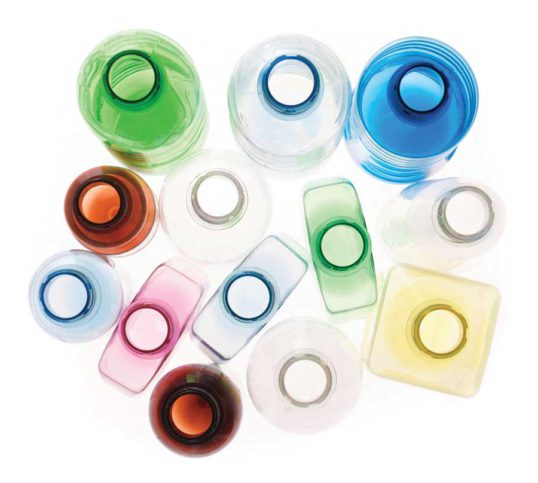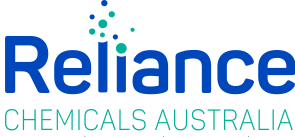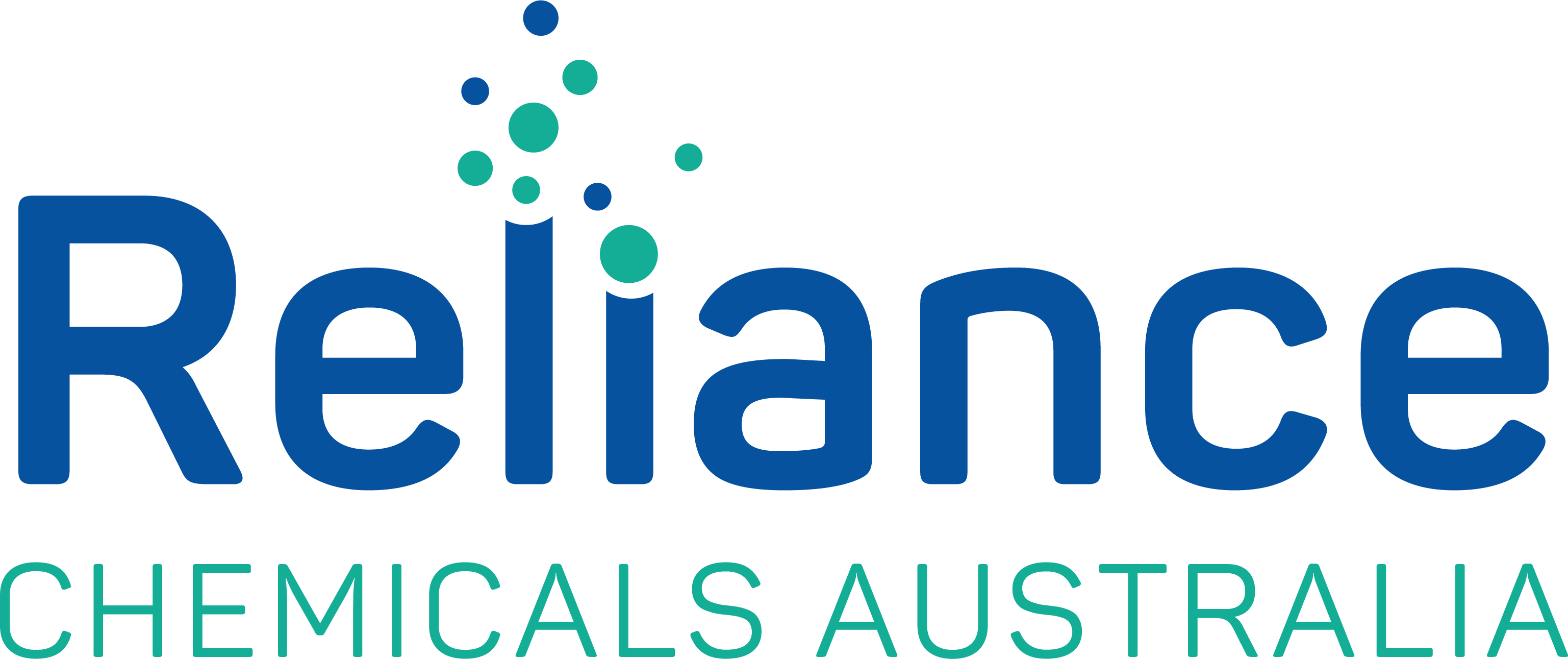
- by
- Industrial
10 Toxic Construction Chemicals You Need to Look Out For
Introduction
If you look back on ancient history and compare it with the present, you’ll indeed witness the massive change that came with all of the world’s construction. Day by day, humanity developed construction chemicals that made all of these possible. And the enhancement didn’t pause. To this date, scientists are working on different construction chemicals that might make even the impossible possible.
However, there are several chemicals involved in some instances which people need to pay attention to. Some of them are quite toxic to humans. And that’s the topic that made us appear here for you.
We’ll be talking about those chemicals for construction which you need to be aware of.
Pay Attention to Live Healthier- 10 Toxic Construction Chemicals
Toxic chemicals don’t mean that it’ll take your life right away. But it will damage your health if you stay exposed to them for a long time.
So, pay close attention and keep aware of these chemicals-
1. Asbestos
Let’s have a little throwback to the 90s, around 1920-1980 to be exact. At that time, most of the buildings contained asbestos in their walls. The walls and the floors, ceilings, pipes, insulation, boiler rooms, and the list goes on.
But here’s the thing-
This chemical becomes harmful when it’s crumbled, damaged, or needs repairing. It becomes a living radiation suicide to the repairman or maintenance man.
Even the slightest bit of asbestos can cause severe damage to your health if you get exposed to it. Lung cancer, asbestosis, and mesothelioma are the most common issues that you’ll see. You won’t even know what hit you right away.
2. Silica
Yeah, we know that you’ve seen a pack of silica in new bags. It’s a natural substance, but it’s also a construction chemical. Most of the time, you’d find this chemical substance in clay, rocks and sand.
For example, Granite contains 15-30% of Silica. On the other hand, sandstone has above 70% of Silica. Also, this chemical is considered one of the essential ingredients of construction. Tiles, mortar and concrete are the most common sectors in that case.
When it comes to risk level, Silica stands the second in the line after asbestos. Respiratory diseases and lung cancer are the most common after-effects of prolonged exposure to silica.
3. Formaldehyde
Formaldehyde is a faded gas that emits in the open environment from certain household products and building materials. It’s used vastly in insulation products (mostly as a binder). Also, the adhesives that you see people use in wood panel products, formaldehyde is there too.
This chemical can cause you respiratory problems, asthma and at worst skin irritation if you’re highly exposed to it.
4. Diisocyanates
This chemical is general used to build products like flexible and rigid foams, adhesives, coatings, elastomers and sealants. This chemical is extremely essential when it comes to the production of uncountable products in the transportation and construction industry.
Asthma, mucous membrane irritation, skin irritation, chemical bronchitis, gastrointestinal irritation and pneumonitis are the common issues to expect when you’re highly exposed to diisocyanates.
5. Alkylphenol
If you’ve ever heard of phenolic resins, you might know that it’s popular in the industry for nearly half a century. And alkylphenol is a chemical component of phenolic resins.
You’ll find this chemical in highly durable and performance enhanced rubber products, paints, adhesives and coatings.
6. Cadmium
We are pretty sure that you’ve heard the name of Cadmium in the high school chemistry. If not, it’s totally okay because we will feed you some info about it.
Cadmium is generally used as a coating for protection on steel and iron. It saves the surface from getting all rusty. Also, it’s highly involved in the creation of the rechargeable batteries.
Solar cells, electroplating, alloys, pigments and plastic stabilizers also have a high involvement of cadmium. This compound is extremely toxic and it can cause deadly diseases like cancer, neurological issues, cardio issues, respiratory failures and more.
7. Lead
Lead has been in use for quite a long time. The amount of involvement of this certain compound is noticeable in everything around us. Even though the usage is at a vast amount in the world, it does have toxic potential.
This toxicity of lead has affected the construction workers for thousands of the year without people even knowing it. It can be deadly for your central nerve system, hematological system, kidneys, cardiovascular system and reproductive system.
8. Chlorobenzene
Chlorobenzene is a non-colored radiative compound. It’s highly flammable, so no time to joke around this one. Also highly used to create polishes, adhesives, paints, dyes, drugs, and paint removers. It’s considered one of the most common solvents in the industry.
9. Chloroprene (CR)
Chloroprene is basically an organic compound that is highly used in the latex industry. Molded foam, sound insulation, rubber sheeting, and gaskets are the most common application sector for this chemical compound.
10. Mercury
We all know how toxic mercury is for a long time. It’s used in so many sectors in the production industry that people became really used to it. And that is the most concerning thing as it’s a toxic chemical.
Thermometers and light bulbs are the most common things around us containing mercury. So, try to avoid the broken bulbs and thermometers from now on. We know playing with mercury seems satisfying but trust us, it’s for your own good.
Conclusion
So, that’s almost all the common toxic construction chemicals that you need to watch out for. As the world is moving towards environmentally friendly solutions, we hope that soon we won’t need to use any of these toxic chemicals.
Let us know what you are hoping. Because together, we might make a difference.

